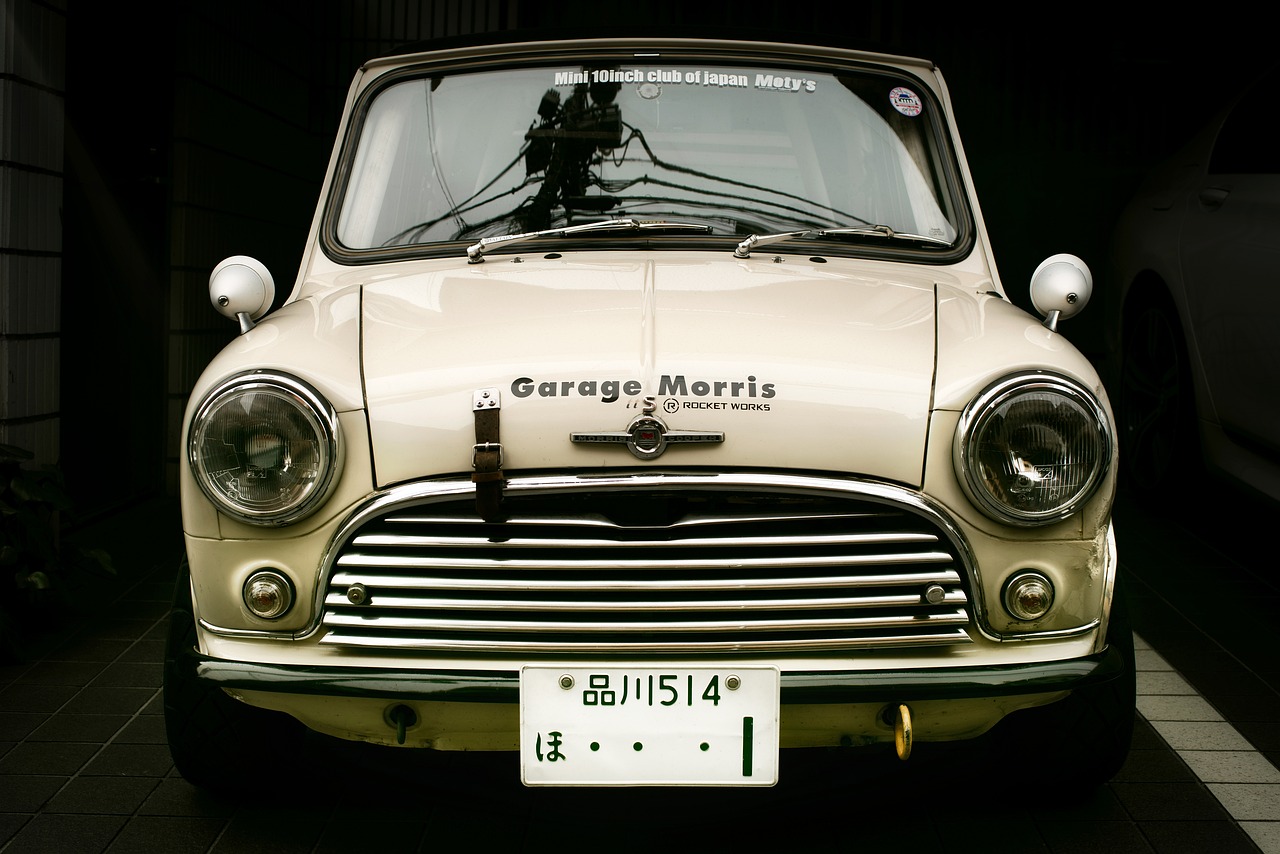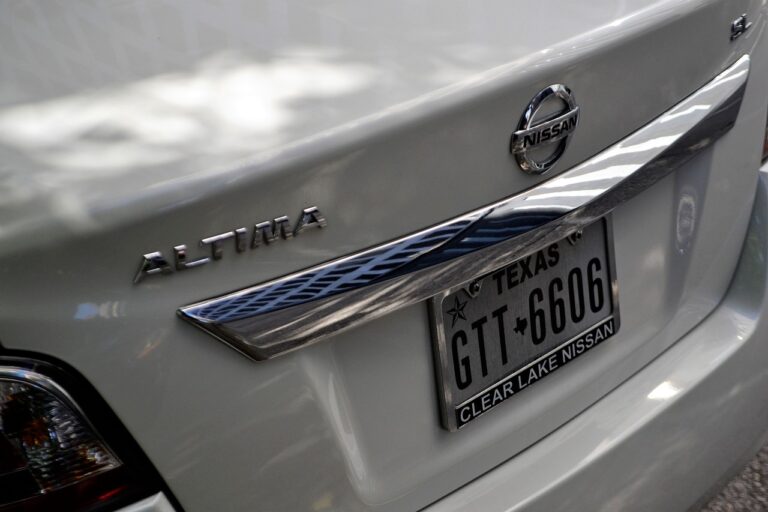The Evolution of Car Interiors: From Leather to Vegan Materials
Vegan interiors present a unique challenge in the automotive industry, as they require eliminating all animal-derived materials from the car’s interior. This includes leather, wool, and even some adhesives that may contain animal by-products. Finding suitable alternatives that are both sustainable and aesthetically pleasing can be a time-consuming process for designers and manufacturers.
Moreover, the limited availability of vegan materials can pose a challenge when trying to achieve a cohesive design aesthetic throughout the car’s interior. Matching colors, textures, and durability of vegan materials to their animal-based counterparts while ensuring they meet safety and quality standards adds another layer of complexity to the design process. Balancing the ethical considerations of using vegan materials with the practicality of creating a functional and attractive interior can be a delicate tightrope for automotive companies to navigate.
Customization and Personalization Options
When it comes to designing car interiors, customization and personalization options play a crucial role in enhancing the overall aesthetic appeal and comfort for drivers and passengers. Car manufacturers are increasingly offering a wide range of choices to cater to the diverse preferences of consumers. From selecting different materials for upholstery to choosing unique colors and patterns, customization options allow individuals to create a personalized space that reflects their style and personality.
Moreover, advanced technologies have revolutionized the way customization and personalization options are integrated into car interiors. Through the use of digital tools and software, customers now have the flexibility to virtually visualize different design options and make informed decisions before finalizing their choices. This level of customization not only adds a touch of exclusivity to the interior design but also ensures that the end result meets the specific needs and preferences of the individual customer.
Future Trends in Car Interior Design
As we look ahead to the future of car interior design, we can anticipate a shift towards more sustainable and eco-friendly materials. Manufacturers are increasingly incorporating recycled and upcycled materials into the interior components of vehicles to align with the growing demand for environmentally conscious designs. This trend not only contributes to reducing the carbon footprint of vehicles but also adds a unique touch to the interiors, making them more appealing to eco-conscious consumers.
Another emerging trend in car interior design is the integration of advanced technology to enhance the overall driving experience. From interactive displays and touchscreens to voice-activated controls and augmented reality features, future car interiors are set to become more tech-savvy and interconnected than ever before. These technological advancements not only make the driving experience more convenient and intuitive but also pave the way for fully autonomous vehicles in the near future.





